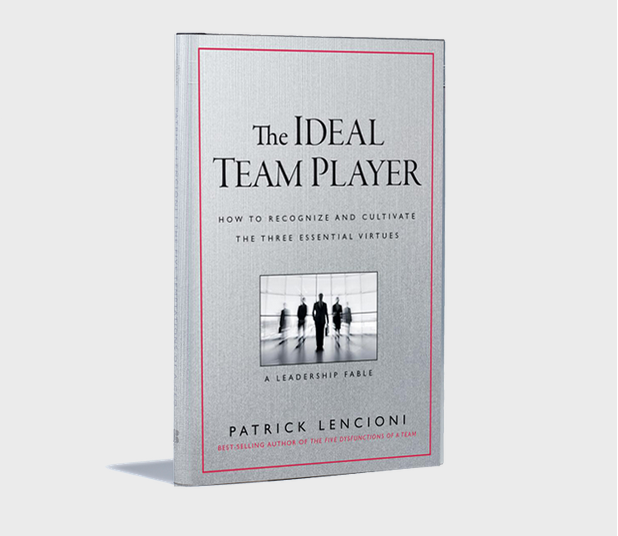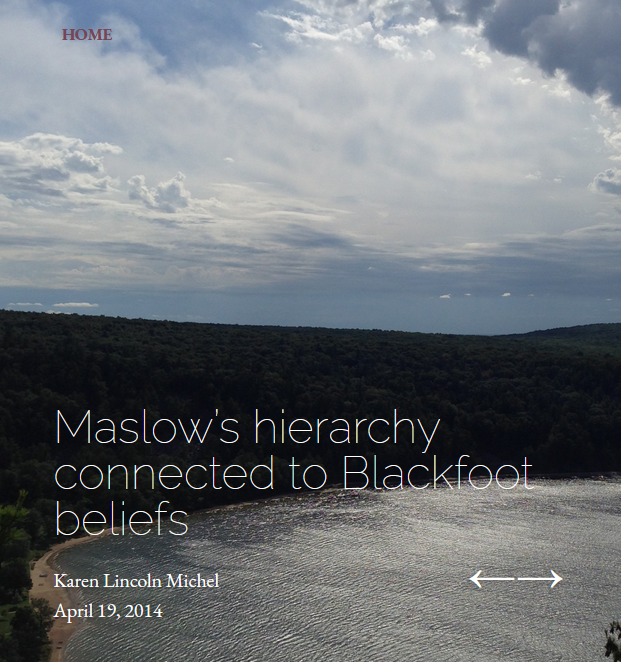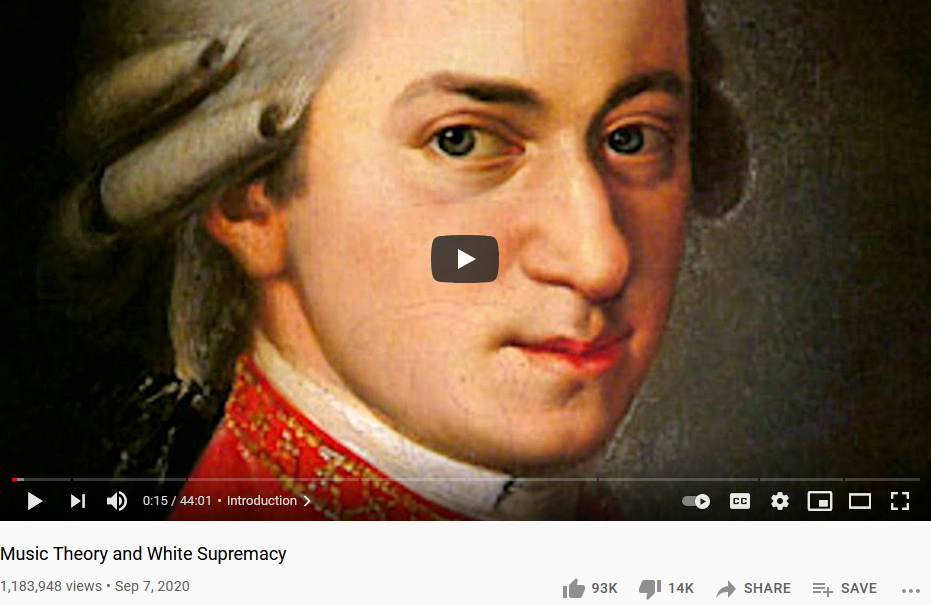In this issue, we’re delighted to share perspectives from our Student Affairs Colleagues who responded to the prompting question: “What have you read that has informed your work or resonated for you, and why?”
JP Peters – Associate Director, Center for Fraternity and Sorority Life
Curre ntly, I am reading The Ideal Team Player, by Patrick Lencioni, and he highlights the three essential virtues to be the ideal team player. You must be humble, hungry, and smart when working with a team or leading a group of people. For the last two months, I have strived to incorporate this philosophy into the work I do with my colleagues and students. It is too early to determine if the philosophy is beneficial, but I am excited to engage in finding out the results.
ntly, I am reading The Ideal Team Player, by Patrick Lencioni, and he highlights the three essential virtues to be the ideal team player. You must be humble, hungry, and smart when working with a team or leading a group of people. For the last two months, I have strived to incorporate this philosophy into the work I do with my colleagues and students. It is too early to determine if the philosophy is beneficial, but I am excited to engage in finding out the results.
Earlee Kerekes-Mishra – Assistant Director, Disability Access Services
I have recently started reading more and more about the #SayTheWord movement started by Lawrence Carter-Long. Carter-Long started this in response  to the erasure of identity for disabled people. This movement is reclaiming that identity, by reclaiming the word “disability” and also educating why other words such as “differently abled” or “handicapable” are harmful. I am a firm believer that language is impactful; the words we choose sometimes speak louder than the message being conveyed, and the article “Say the Word,” by Anjali Forber-Pratt (along with other disability identity research), has assisted me in being more mindful with my choice of words overall.
to the erasure of identity for disabled people. This movement is reclaiming that identity, by reclaiming the word “disability” and also educating why other words such as “differently abled” or “handicapable” are harmful. I am a firm believer that language is impactful; the words we choose sometimes speak louder than the message being conveyed, and the article “Say the Word,” by Anjali Forber-Pratt (along with other disability identity research), has assisted me in being more mindful with my choice of words overall.
Ben Medeiros – Assistant Director, UHDS – Residential Education
 There’s a blog post circulating about Maslow’s misappropriation of Blackfoot teaching. I also attended a conference session recently about indigenous assessment strategies, including LaFever’s Medicine Wheel, a more holistic learning outcomes model than Bloom’s taxonomy. Both sources disappointingly affirm the foundations of our educational system have been intentionally encoded to remove indigenous ways of knowing and being. Which begs a question of personal and institutional action… what will I do to center the voices of students of color and other marginalized populations – from the learning processes that I direct to the hiring decisions we make at every level of our institution?
There’s a blog post circulating about Maslow’s misappropriation of Blackfoot teaching. I also attended a conference session recently about indigenous assessment strategies, including LaFever’s Medicine Wheel, a more holistic learning outcomes model than Bloom’s taxonomy. Both sources disappointingly affirm the foundations of our educational system have been intentionally encoded to remove indigenous ways of knowing and being. Which begs a question of personal and institutional action… what will I do to center the voices of students of color and other marginalized populations – from the learning processes that I direct to the hiring decisions we make at every level of our institution?
Jen Humphreys – Operations Associate, Student Affairs
SA Voices from the Field is a NASPA podcast hosted by Dr. Jill Creighton. My role does not include working in a  specific functional area within Student Affairs, so resources such as this help me to stay connected to the work that our division members are engaging with daily. Topics include such things as leading a residence hall during COVID, dismantling systemic racism in student affairs, and the future of grad prep programs.
specific functional area within Student Affairs, so resources such as this help me to stay connected to the work that our division members are engaging with daily. Topics include such things as leading a residence hall during COVID, dismantling systemic racism in student affairs, and the future of grad prep programs.
 So You Want to Talk About Race by Ijeoma Oluo is a very accessible book that has helped me focus on action over angst. In other words, moving from analysis paralysis and seeking opportunities to not only talk about race and systemic oppression, but to be attuned to the ways that I benefit from it, doing this from a place of inquiry to better support students and Colleagues of Color at OSU. The book is written in a very straightforward way, and I appreciated that Oluo brings her own family experiences and identity into her writing. She speaks to the dynamics of being biracial and provides you with a sense of what it’s like to navigate both black and white spaces—just as many of our students do.
So You Want to Talk About Race by Ijeoma Oluo is a very accessible book that has helped me focus on action over angst. In other words, moving from analysis paralysis and seeking opportunities to not only talk about race and systemic oppression, but to be attuned to the ways that I benefit from it, doing this from a place of inquiry to better support students and Colleagues of Color at OSU. The book is written in a very straightforward way, and I appreciated that Oluo brings her own family experiences and identity into her writing. She speaks to the dynamics of being biracial and provides you with a sense of what it’s like to navigate both black and white spaces—just as many of our students do.
Jeff Malone – Director, Cross Campus Strategic Initiatives
Music Theory & White Supremacy (or “The Harmonic Style of 18th Century European Musicians” & White Supremacy) by Adam Neely is a video on music theory (yes, music theory). It is lengthy (~45 minutes) but interesting and impactful. I do not feel one has to have a grounding in music theory (my own is shaky at best) for resonance. This video illustrates how systems of whiteness are so often privileged in our academic disciplines and educational habits/practices. This content is helpful as I consider, and reconsider, previously accepted policies, practices, and ways of knowing.
Century European Musicians” & White Supremacy) by Adam Neely is a video on music theory (yes, music theory). It is lengthy (~45 minutes) but interesting and impactful. I do not feel one has to have a grounding in music theory (my own is shaky at best) for resonance. This video illustrates how systems of whiteness are so often privileged in our academic disciplines and educational habits/practices. This content is helpful as I consider, and reconsider, previously accepted policies, practices, and ways of knowing.

